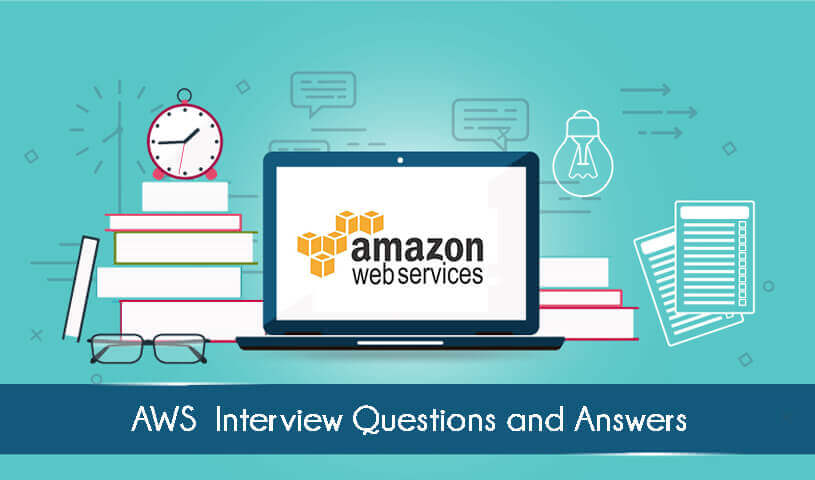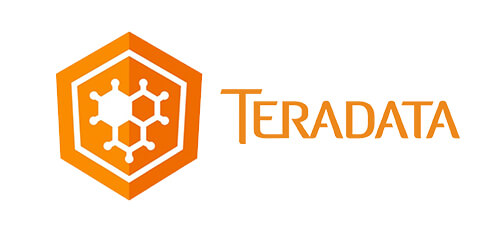
1. What is auto-scaling?
Auto-scaling is a feature of AWS which allows you to configure and automatically provision and spin-up new instances without the need for your intervention.2. What are the different types of cloud services?
3. What is Amazon S3?
Amazon S3 (Simple Storage Service) is an object storage with a simple web service interface to store and retrieve any amount of data from anywhere on the web.4. How can you send request to Amazon S3?
You can send request by using the REST API or the AWS SDK wrapper libraries that wrap the underlying Amazon S3 REST API.5. What is Geo Restriction in CloudFront?
Geo restriction, also known as geoblocking, is used to prevent users in specific geographic locations from accessing content that you’re distributing through a CloudFront web distribution.6. What is a Server less application in AWS?
The AWS Serverless Application Model (AWS SAM) extends AWS CloudFormation to provide a simplified way of defining the Amazon API Gateway APIs, AWS Lambda functions, and Amazon DynamoDB tables needed by your serverless application.7. What is the use of Amazon ElastiCache?
Amazon ElastiCache is a web service that makes it easy to deploy, operate, and scale an in-memory data store or cache in the cloud.8. Explain how the buffer is used in Amazon web services?
The buffer is used to make the system more robust to manage traffic or load by synchronizing different component.9. Differentiate between stopping and terminating an instance
When an instance is stopped, the instance performs a normal shutdown and then transitions to a stopped state. When an instance is terminated, the instance performs a normal shutdown, then the attached Amazon EBS volumes are deleted unless the volume’s deleteOnTermination attribute is set to false.10. Is it possible to change the private IP addresses of an EC2 while it is running/stopped in a VPC?
The primary private IP address cannot be changed. Secondary private addresses can be unassigned, assigned or moved between interfaces or instances at any point.11. Explain what is AMI?
AMI stands for Amazon Machine Image. It’s a template that provides the information (an operating system, an application server and applications) required to launch an instance, which is a copy of the AMI running as a virtual server in the cloud. You can launch instances from as many different AMIs as you need.12. Mention what is the relation between an instance and AMI?
From a single AMI, you can launch several of instances.An instance can explain the hardware of the host computer used for your instance.
Each instance type produces different compute and memory capabilities.
Once you launch an instance, it seems like a traditional host, and we can communicate with it as we would with any computer.




